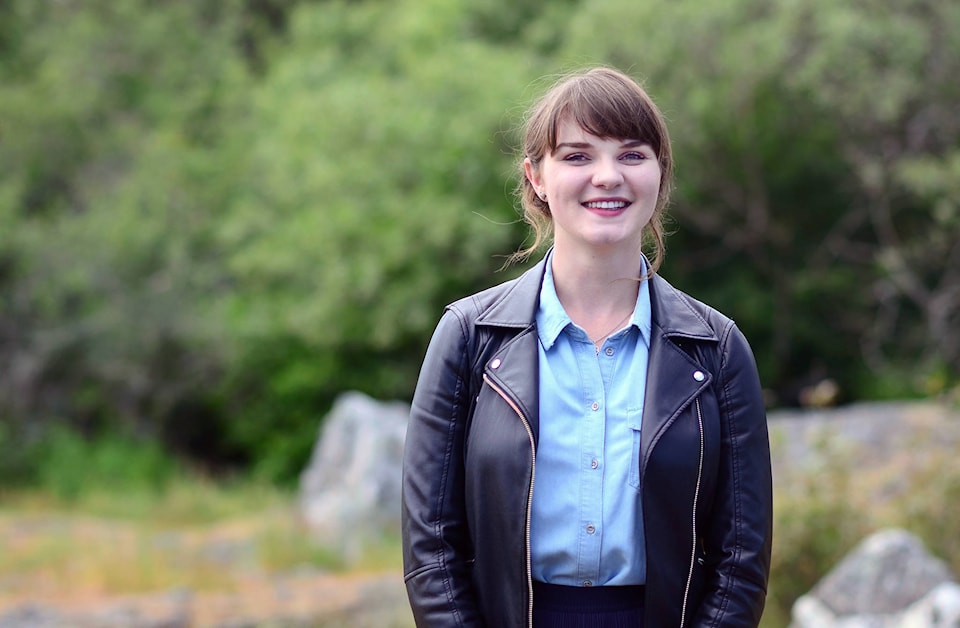Sociology student Lisa Slager has always been interested in how communities function. Having lived in Oak Bay and worked in a local cafe for the past three years, she was naturally drawn to the social habits of the region while brainstorming for her honours thesis at the University of Victoria.
“I had a few ideas of what I wanted to do [for my honours thesis], but then I met with the UVic community engaged learning coordinator, Rhianna Nagel.” Nagel referred Slager to Oak Bay Green Map creator Jill Croft - and from there, Slager’s concept of an intergenerational community map took shape. Her focus would be in bringing together older and younger members of Oak Bay.
“[Jill and I] thought a map might help showcase that. I wanted to do a project everybody might be able to use,” Slager said. The map is particularly fitting with the District of Oak Bay’s Age-Friendly Action Plan, launched January 2016 under the vision of “an age-friendly community that supports the diverse needs of older adults, provides opportunities for active living and community involvement, and is safe, accessible, and welcoming to all.”
Slager set out to create the informative map realizing the importance of connecting generations. “Sometimes, when people get older they can feel socially isolated,” she said. “And younger generations tend to be isolated in peer groups.” Intergenerational community participation can strengthen a sense of belonging and inclusion across all ages.
The intergenerational map features inclusive spaces, events, outdoor activities and arts and culture features of the Oak Bay region. A few included are the popular upcoming Oak Bay Tea Party, sport and gym drop-ins at Henderson Recreation Centre, and group rides with Oak Bay Bicycles. A transportation key is included to make journeys easily mappable and accessible.
“Some of these are repeat activities. People meet with each other a bunch of times rather than just once.” Slager says repeat activities are important because they allow time for friendships to build. “Meeting people from all walks of life offers so much insight and energy as well. Getting away from segregation and getting people to get to know their neighbours, we’re really hoping to promote community inclusion.”
Slager admits she has benefitted from constructing the project in much the same way she hopes others will. “My personal engagement with this project has been quite rewarding. I got to meet so many different people, I talked a lot to older adults in the community which was an intergenerational engagement for myself. It’s nice to see communities so welcoming and interested in the projects students are doing.”
Slager started her project last September and has since spent much of her time meeting with community members. She participated in Hide + Seek Cafe knitting nights - also included on the map - and found engaging in common interests an ideal way to make friends.
Officially finished her honours thesis as of April, Slager is now moving into the distribution aspect of her project. “We’re hoping the library will get the map out there, and other common places where people would already go to find brochures.”
The map will be available online mid-June at www.mapping.uvic.ca.
